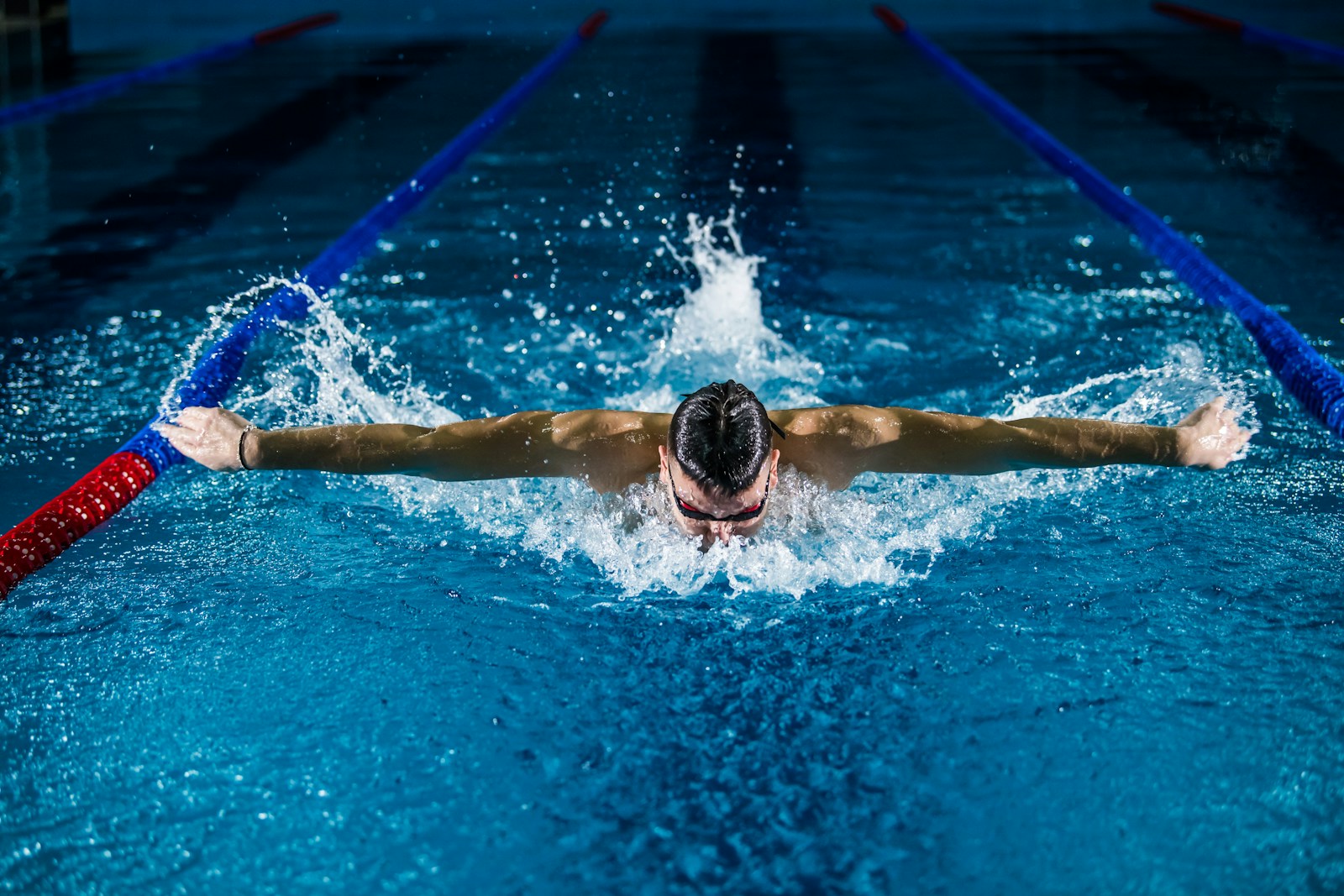According to Scientific American, swimmers are using Digital Twins at the 2024 Paris Olympic Games to assist in strategic race planning and body optimization.
The digital twins use advanced sensors to measure the force distribution of swimmers through body movements. Data is gathered via the sensors to enable athletes to make training adjustments and identify issues with their technique.
Athletes use digital twins to optimize performance and set targets for progression. Key use cases include improving breathing patterns, race strategies, body movement, and tempo.

Olympian Katherine Douglass is an example of a world-class athlete using digital twins to improve race performance. It is reported that Douglass improved her 200-meter breaststroke time by using digital twins to adjust her head position.













